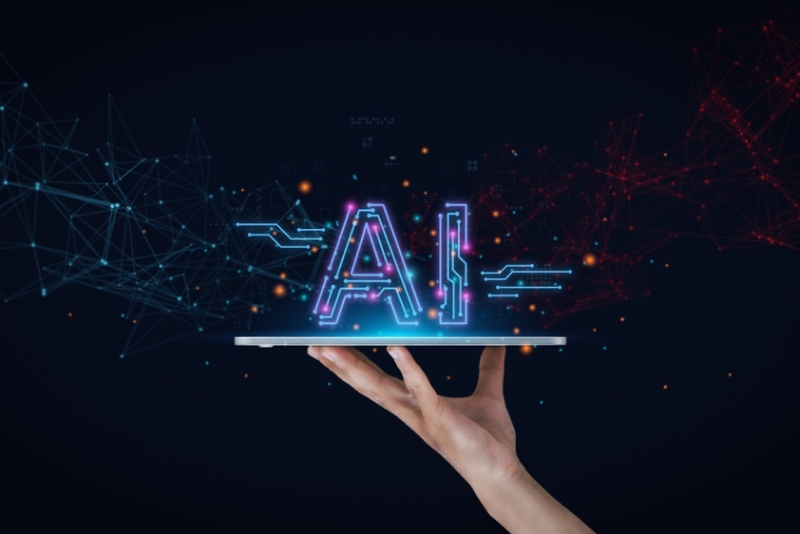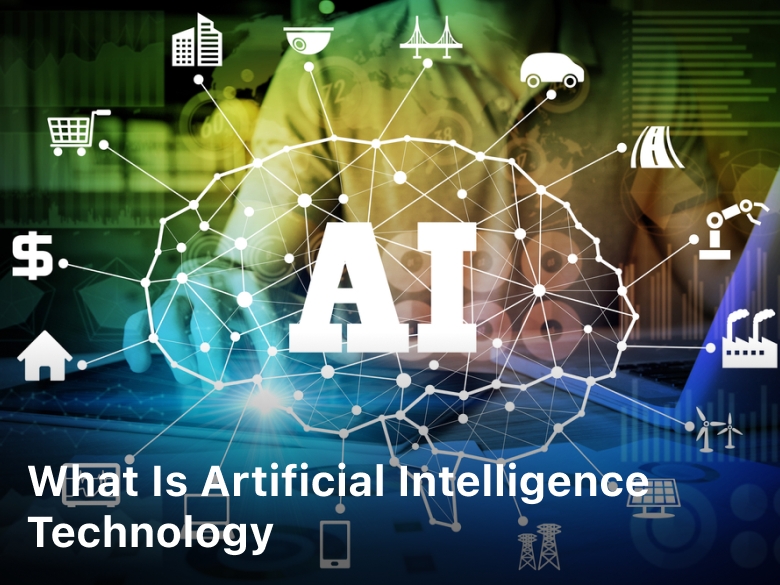vpnpitbull.com. What Is Artificial Intelligence Technology – Exploring the wonders of Artificial Intelligence Technology – what it is, how it works, and its impact on our world. Dive into this comprehensive guide!
Artificial Intelligence Technology, often abbreviated as AI, is a transformative force that’s reshaping the way we live and work. From voice assistants like Siri to self-driving cars and advanced medical diagnostics, AI is becoming increasingly integrated into our daily lives.
In this article, we’ll unravel the mysteries surrounding AI, exploring its definition, functions, and the profound ways it’s influencing various industries. Let’s embark on a journey to understand “What Is Artificial Intelligence Technology.”
What Is Artificial Intelligence Technology?
Artificial Intelligence Technology, or AI, refers to the development of computer systems capable of performing tasks that typically require human intelligence.
This includes learning, reasoning, problem-solving, perception, and language understanding. AI systems are designed to mimic human cognitive functions, making decisions based on data, algorithms, and patterns.
The Origins of AI
To truly grasp the essence of AI, we must delve into its historical roots. The concept of AI dates back to ancient civilizations, where mythological automatons and mechanical beings were imagined.
However, the modern AI era began in the mid-20th century, with the work of Alan Turing and his Turing Test, which aimed to determine a machine’s ability to exhibit human-like intelligence.
Types of Artificial Intelligence
- Narrow AI (Weak AI)
Narrow AI is designed to perform specific tasks, such as voice recognition or recommendation systems. It operates under a limited pre-defined set of conditions and lacks general intelligence.
- General AI (Strong AI)
General AI possesses human-like intelligence, with the ability to understand, learn, and adapt across a wide range of tasks. Achieving this level of AI remains a long-term goal.
- Machine Learning and Deep Learning
These subfields of AI focus on creating algorithms that enable machines to improve their performance on a task through experience and data.

How Does Artificial Intelligence Technology Work?
Artificial Intelligence (AI) is a broad field of computer science that focuses on creating systems and machines that can perform tasks that typically require human intelligence.
These tasks include reasoning, problem-solving, learning, understanding natural language, recognizing patterns, and making decisions. AI technology aims to simulate and replicate human cognitive abilities in computers and other devices.
Here’s an overview of how AI technology works:
- Data Collection: AI systems rely on vast amounts of data to learn and make decisions. This data can come from various sources, such as sensors, databases, the internet, and more. High-quality and diverse data are essential for training AI models effectively.
- Data Preprocessing: Raw data is often messy and needs to be cleaned, organized, and transformed into a suitable format for AI algorithms to process. This step involves tasks like data cleaning, normalization, and feature engineering.
- Machine Learning Algorithms: One of the key components of AI is machine learning (ML), which involves training algorithms to recognize patterns and make predictions or decisions. There are different types of ML algorithms, including:
- Supervised Learning: In this approach, the algorithm is trained on labeled data, meaning it learns from input-output pairs. It generalizes patterns from the training data to make predictions on new, unseen data.
- Unsupervised Learning: Here, the algorithm works with unlabeled data, trying to find hidden patterns or groupings within the data. Clustering and dimensionality reduction are common tasks in unsupervised learning.
- Reinforcement Learning: This type of learning involves training agents to make sequential decisions in an environment to maximize a reward. It’s commonly used in areas like robotics and game playing.
- Neural Networks: Deep learning, a subset of machine learning, has gained significant attention in recent years. Deep neural networks, also known as artificial neural networks, are inspired by the structure of the human brain. They consist of interconnected layers of artificial neurons that process and transform data. Convolutional Neural Networks (CNNs) are used for image recognition, while Recurrent Neural Networks (RNNs) are suitable for sequence data like text and time series.
- Training: To make AI models capable of performing specific tasks, they are trained on large datasets. During training, the model learns to adjust its internal parameters (weights and biases) to minimize the difference between its predictions and the actual outcomes. This process often involves iterative optimization algorithms like gradient descent.
- Inference: Once an AI model is trained, it can be used for making predictions or decisions on new, unseen data. This phase is called inference, and it’s where the AI system applies what it has learned to real-world situations.
- Feedback Loop: AI systems can be designed with a feedback loop to continuously improve their performance. This involves monitoring the system’s outputs, collecting new data, and retraining the model periodically to adapt to changing conditions and improve accuracy.
- Natural Language Processing (NLP): For tasks related to understanding and generating human language, AI systems use NLP techniques. This includes tasks like language translation, sentiment analysis, chatbots, and more.
- Computer Vision: AI can process and understand visual information through computer vision techniques. This is used in applications such as facial recognition, object detection, and autonomous vehicles.
Applications of Artificial Intelligence Technology
AI’s versatility has led to its widespread adoption across various industries. Here are some notable applications:
- Healthcare: AI aids in disease diagnosis, drug discovery, and personalized treatment plans.
- Finance: AI powers fraud detection, algorithmic trading, and credit risk assessment.
- Automotive: Self-driving cars utilize AI for navigation and collision avoidance.
- Retail: AI-driven recommendations enhance the shopping experience.
- Entertainment: AI generates personalized content and assists in video game design.
- Customer Service: Chatbots and virtual assistants provide round-the-clock support.
- Manufacturing: AI-driven robots optimize production lines.
FAQs about Artificial Intelligence Technology
Q: Can AI replace human jobs?
AI has the potential to automate certain tasks, but it also creates new job opportunities in AI development and maintenance.
Q: Is AI a threat to privacy?
AI’s data-driven nature raises concerns about privacy. Proper regulations and ethical guidelines are essential to address these issues.
Q: Can AI be creative?
While AI can generate creative content, it lacks true creativity as it relies on existing data and patterns.
Q: What is the future of AI?
The future of AI holds limitless possibilities, from advancements in healthcare to more intelligent personal devices.
Q: Is AI safe?
AI safety is a priority. Researchers are working to ensure AI systems make safe and ethical decisions.
Q: Can AI have emotions?
AI can simulate emotions, but it doesn’t experience them as humans do. Emotion recognition is an AI capability.
Conclusion
Artificial Intelligence Technology has emerged as a groundbreaking technology with far-reaching implications. From simplifying daily tasks to revolutionizing entire industries, AI continues to shape our world.
As we embrace the era of AI, understanding its capabilities and limitations becomes increasingly important. Stay tuned for the exciting developments that the future of AI holds.






